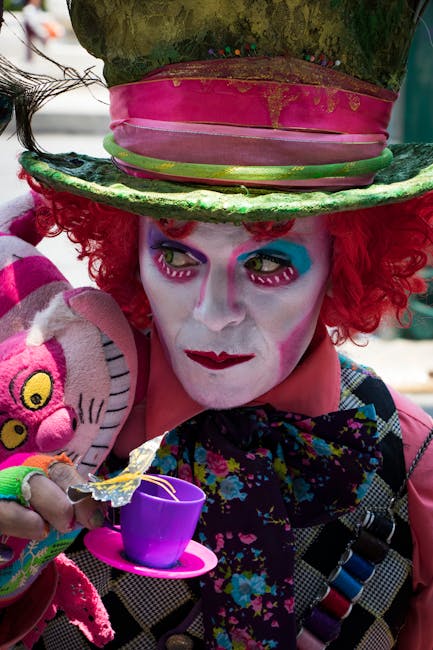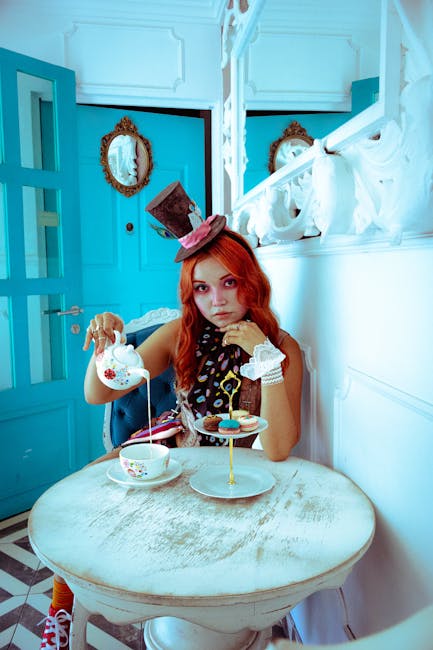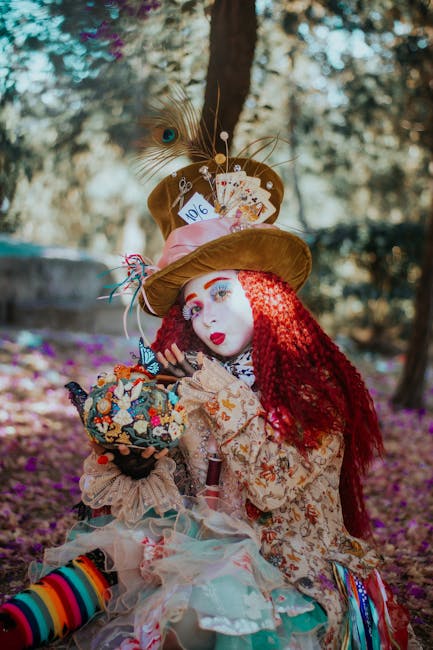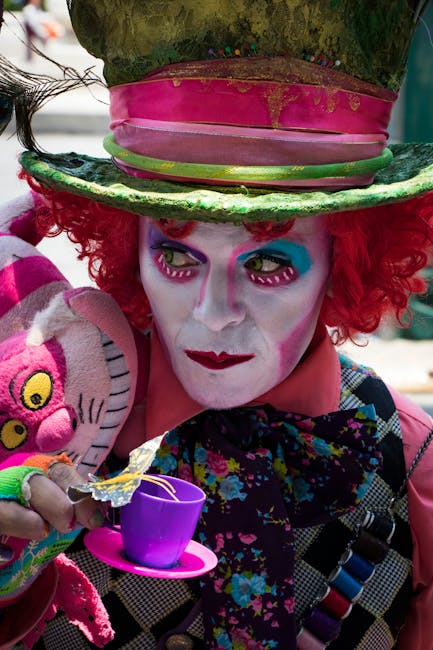Mad Hatter: Definition, Origin, and Cultural Impact – A Deep Dive into Wonderland’s Eccentric Icon
The Mad Hatter. The name conjures images of whimsical chaos, unpredictable behavior, and a touch of unsettling madness. But beyond the iconic imagery popularized by Lewis Carroll’s Alice’s Adventures in Wonderland, lies a rich history and a fascinating evolution of this character’s definition and cultural impact.
Defining the Mad Hatter: More Than Just a Hat
While the common understanding of a “Mad Hatter” points to someone eccentric, unpredictable, and perhaps slightly unhinged, the term’s origins and literary context offer a more nuanced definition. It’s not simply about someone who’s a little quirky; it’s about a specific type of madness, often associated with:

- Unpredictability and erratic behavior: The Mad Hatter’s actions and speech are characterized by their inconsistency and lack of logical coherence.
- Detached from reality: He often exists in his own world, oblivious to or unconcerned with societal norms and expectations.
- Obsession with illogical details: His focus on seemingly insignificant details, like hat sizes and tea parties, highlights a skewed sense of priority.
- Wordplay and nonsensical conversation: The Mad Hatter’s dialogue is filled with puns, riddles, and illogical pronouncements, contributing to his chaotic persona.
It’s crucial to differentiate between simple eccentricity and the specific brand of madness associated with the Mad Hatter. A quirky individual is not automatically a “Mad Hatter.” The latter implies a more profound disconnect from reality and a level of unpredictable behavior that can be unsettling.
The Hatter’s Origins: From Historical Context to Literary Creation
The Historical Connection to Mercury Poisoning
One widely accepted theory linking the Mad Hatter’s madness to historical context revolves around mercury poisoning. In the 19th century, hatters frequently used mercury nitrate in the process of felting hats. Exposure to this highly toxic substance caused neurological symptoms such as tremors, slurred speech, and erratic behavior – symptoms strikingly similar to those exhibited by Carroll’s Mad Hatter. This historical connection lends a layer of dark realism to the character’s seemingly fantastical madness.
Carroll’s Literary Portrayal: A Masterclass in Eccentricity
Lewis Carroll masterfully crafted the Mad Hatter’s character, not only through his actions and dialogue but also through his appearance. His attire, his perpetually ongoing tea party, and his nonsensical pronouncements are all carefully designed elements contributing to his unique persona. The Mad Hatter isn’t merely mad; he is a specific kind of mad, a product of both his historical context and Carroll’s imaginative genius.

The Enduring Cultural Impact of the Mad Hatter
The Mad Hatter’s influence extends far beyond the pages of Alice’s Adventures in Wonderland. He has become an enduring cultural icon, appearing in countless adaptations, reinterpretations, and pop culture references. This broad reach highlights the character’s timeless appeal and his enduring resonance with audiences across generations.
Adaptations and Reinterpretations
The Mad Hatter has been portrayed in numerous film, television, and theatrical adaptations of Alice in Wonderland. Each version offers a unique interpretation of the character, ranging from darkly comedic to genuinely sinister. These varied depictions demonstrate the character’s versatility and adaptability, allowing for creative freedom while still retaining the core essence of the original.
Pop Culture References and Modern Usage
The phrase “Mad Hatter” has become a common idiom, used to describe someone eccentric, unconventional, or even slightly insane. This demonstrates the character’s permeation into everyday language, solidifying his position as a recognizable and relatable figure within popular culture. From fashion to branding, the Mad Hatter’s image continues to be utilized to evoke a sense of whimsy, chaos, and creative ingenuity.

Beyond the Hat: Exploring Themes of Madness and Society
The Mad Hatter’s character isn’t just a source of entertainment; he provides a fascinating lens through which to examine themes of madness, societal norms, and the consequences of unchecked industrial practices. His story, whether viewed through a historical or literary lens, raises questions about how society perceives and treats those deemed different or “mad.”
Challenging Societal Norms: A Symbol of Defiance
The Mad Hatter, in his defiance of societal expectations and his embrace of illogical behavior, can be viewed as a symbol of rebellion against conformity. He represents a rejection of the mundane and an embrace of individuality, however unconventional that may be.
The Dark Side of Progress: A Reflection on Industrial Hazards
The connection between the Mad Hatter’s madness and mercury poisoning serves as a potent reminder of the potential dangers of unchecked industrial practices. His plight serves as a cautionary tale, highlighting the often hidden costs of progress and the importance of safeguarding against harmful substances.
The Power of Storytelling: A Timeless Character for All Ages
The enduring appeal of the Mad Hatter lies not only in his eccentric personality but also in the power of Carroll’s storytelling. The character’s complex nature, combined with the fantastical world of Wonderland, creates a captivating narrative that continues to resonate with readers and viewers of all ages. His story teaches us about acceptance, understanding, and the importance of embracing our own unique eccentricities.

